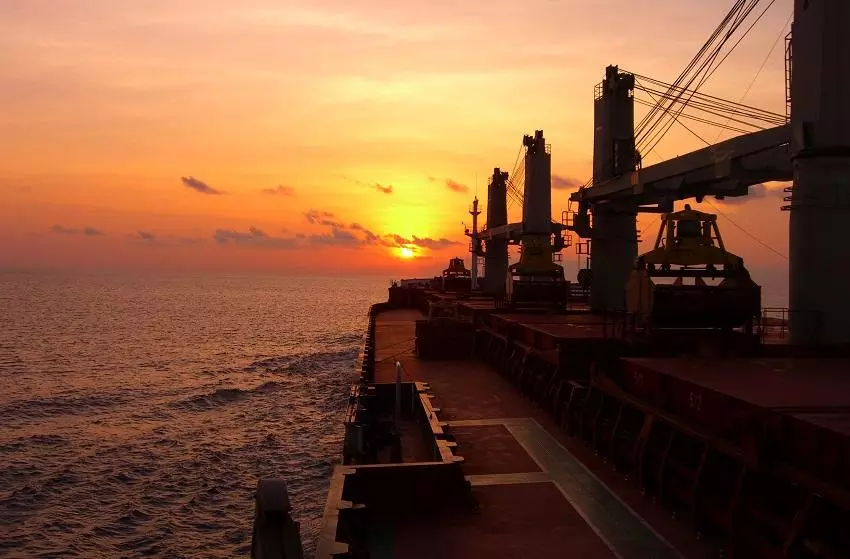Global cementitious seaborne trade is expected to grow over the medium term

Between 2020 and 2025, the total volume of sea-based traded cementitious materials is forecast to grow at an estimated CAGR of two percent, according to CW Research's 2020 update of the World Cement, Clinker & Slag Sea-Based Trade Report.
Clinker seaborne trade is expected to witness a higher increase than all other cementitious products, due to not only increased demand from China but also other regions, including Western Europe, where stricter emission regulations encourage clinker imports as oppose to clinker production.
ÔÇ£While prospects over the short term have been negatively revised due to the impact of the COVID-19 pandemic, our expectations for trade of cementitious materials over the next five years is positive, as we estimate a rebound in global trade from the sharp recession expected in 2020,ÔÇØ notes Carolina Pereira, Manager, Advisory & Research at CW Group.
Gray cement continues to account for the highest percentage of seaborne trade
Compared to 2018, the global trade of cementitious materials rose nearly 5 percent in 2019. Gray cement once again accounted for the majority of traded cementitious materials. For 2020, CW Research estimates a decline of nine percent in seaborne trade of cementitious materials, due to the fallout from the pandemic.
Clinker, together with gray cement, accounted for 84 percent of seaborne trade in 2019. Clinker was followed by ground blast furnace slag, white cement and fly ash, accounting for the remaining 16 percent.
The largest volume of cementitious materials is traded in South-East Asia and in Asia Pacific, where the total cargo moved in 2019 accounted for more than 40 percent of the total volume. Cementitious trade in Asia is driven by the presence of large-scale manufactures of cement and clinker, such as Vietnam, and the presence of big importers within the region, including Bangladesh and China.
Furthermore, regional supply and demand scene for slag is similar to that, for cement and clinker, with the presence of major exporters, including Japan, and major importers, such as Bangladesh and Taiwan.
Demand for cement carriers expected to grow in regional trade routes
There are currently an estimated 400 or so cement carriers used for seaborne distribution of cementitious materials. New vessels and conversions had been increasing, due to the growth of seaborne trade of cementitious materials in the past few years. Sustained demand for cementitious in Asia had contributed to the requirement for new ships, however, that is likely to be re-evaluated given the current circumstances as the world deals with the fallout of the coronavirus pandemic.
Cement producers currently, own just under a third of cement carriersÔÇÖ fleet, while additional 25 percent is held by independent owners.
Clinker and slag are expected to be the commodities showing the highest growth over the forecasted period. Asia Pacific and the Middle East are expected to be the most active regions in the trade of cementitious materials. Clinker is expected to supplant gray cement, which is currently the most traded seaborne commodity, by 2025.
CW Group's World Cement, Clinker & Slag Sea-based Trade Report provides an in-depth and data-oriented analysis of trade-related development, historical trade flows and prices, and changes in exports and imports during the past years from a regional perspective, with a focus on key markets. The report also projects key cement and clinker supply-demand gaps that will sustain world cement trading for the next few years. Key exporters, their facilities, and traders are profiled, as well as key ocean-going cement carrier operations and their vessels. Examined trade flows include gray cement, clinker, white cement, and slag, as well as a discussion of fly ash trade, in bag, big-bag, or bulk form. The report projects main flows through 2024 expected to be shipped by ocean going vessels and includes prevailing cement trade prices and bulk/dry cargo shipping rates.
Find out more about the report here
